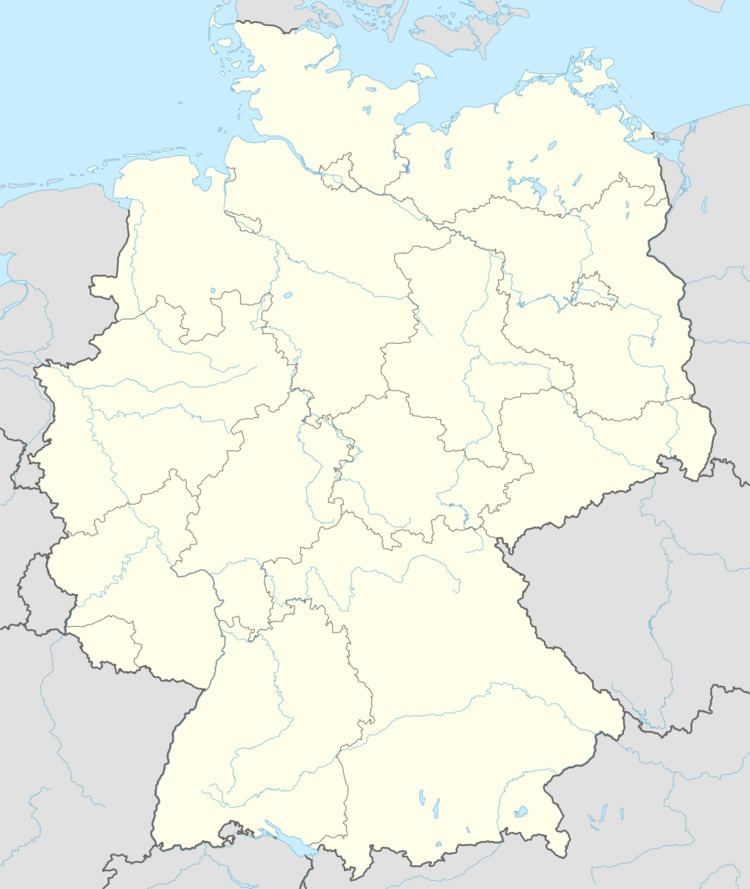Condition ruin Occupants Castellans | Code DE-NW Built before 1295 | |
 | ||
Fürstenberg Castle (German: Burg Fürstenberg), also called the Electoral Cologne State Castle (kurkölnische Landesburg), is a ruined castle near the village of Höingen in the municipality of Ense in the county of Soest in the German state of North Rhine-Westphalia.
Contents
Location
The ruins of this hill castle lie on the hill of Fürstenberg above Höingen. It was part of the Duchy of Westphalia and was in a position of strategic importance on the border with the County of Arnsberg. The inner bailey was on an eminence known as Richters Köpfchen, the outer bailey further away on the site of the present chapel.
History
The castle is first mentioned in 1295. At that time its first castellan (Burgmann), Hermann of Fürstenberg is cited, the first record of the now flourishing family of the barons of Fürstenberg. This Herman came from the family of Binolen (Hönnetal), but later named itself after their administrative seat of Fürstenberg.
The castle was involved in numerous military actions:
Members of the family of Fürstenberg lived at that time as castellans in Werl and around 1365/70 built Waterlappe Castle, which became their family seat in 1633. When in 1368 the County of Arnsberg was transferred to the Electors of Cologne, the border castle on the Fürstenberg hill lost its significance. The town of Neheim, now in Cologne, took over the defensive function in this area against the counts of the Mark.
Site
Even today the ring-shaped, medieval ramparts of the castle may be seen in the woods on the Furstenberg. They are protected as an area monument.
Two fortifications may be distinguished:
a) Oldenburg, a large rampart system in which the castle chapel is located,b) Richters Köpfchen, lower down, a small medieval stone castle.Individual remains of the stone castle on "Richters Köpfchen" may still be seen. The chapel on the tip of the hill has been recorded since 1429.
